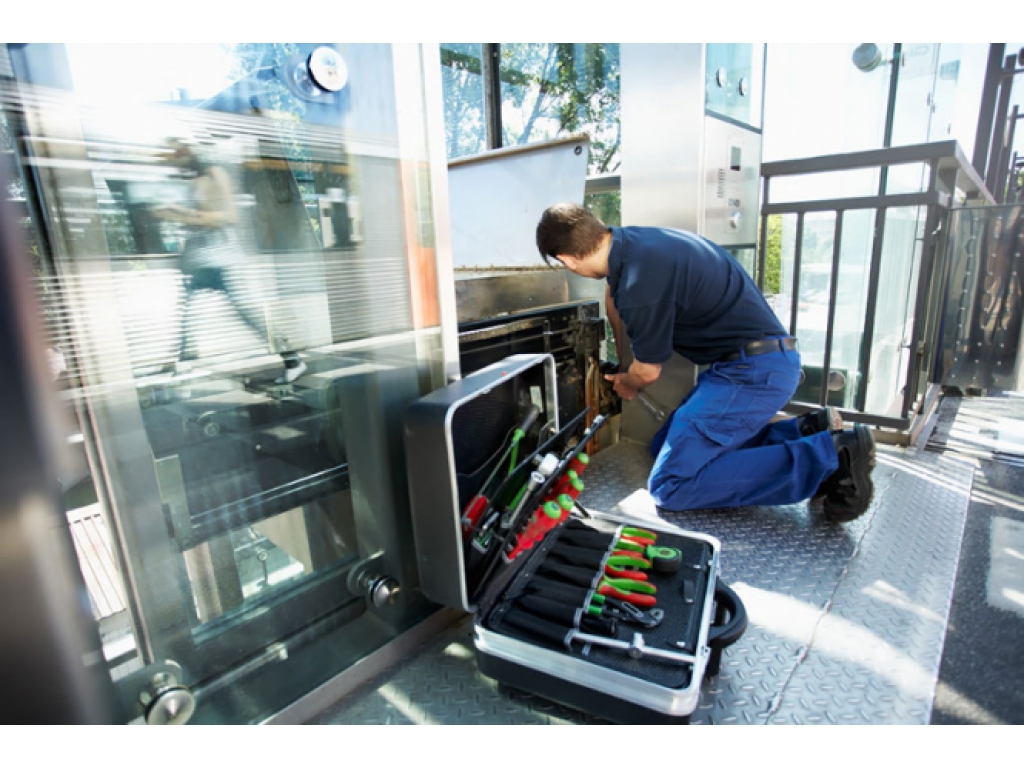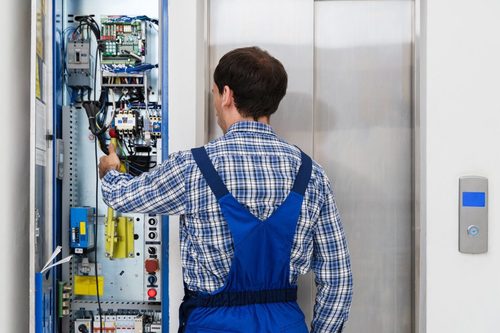Advanced Lift Engineer Course: Plan For Jobs with Leading Lift Repair Companies Near Me
Comprehensive Guide to Lift Solutions and Their Upkeep
Navigating the intricate globe of elevator systems and their upkeep is a job that demands accuracy and understanding. From the various types of lift systems in usage to the precise adherence to safety laws, the maintenance of these vertical transportation devices is a complex undertaking.
Sorts Of Lift Equipments
The most usual types include hydraulic lifts, grip lifts, machine-room-less lifts, and vacuum cleaner lifts. Hydraulic lifts are suitable for low-rise buildings and make use of a hydraulic piston to relocate the lift car. Machine-room-less elevators are a space-saving option as they do not need a different maker space for the lift equipment.
Each kind of lift system has its own advantages and downsides, making it critical for building proprietors and designers to very carefully consider their specific requirements prior to selecting the most suitable choice. Aspects such as constructing elevation, room schedule, power performance, and spending plan constraints all play a significant duty in figuring out the best elevator system for a specific building.
Typical Maintenance Problems
Regular upkeep of elevator systems is necessary to make certain smooth operation and lengthen their life expectancy. Despite routine maintenance, elevator systems can still encounter typical upkeep problems that require to be quickly resolved to avoid disturbances in service. Among the most regular concerns is door malfunctions. Lift doors may obtain misaligned, leading to problems with opening and closing properly. This can trigger hold-ups and safety dangers, requiring instant focus from maintenance professionals. One more usual issue is connected to the elevator's leveling precision. If the lift doesn't straighten properly with the floorings, passengers might experience tripping risks and pain. Additionally, problems with the control system, such as sensing unit issues or electric issues, can trigger the lift to malfunction or quit working entirely. Routine inspections and positive upkeep can aid identify and solve these common upkeep issues before they escalate and affect the overall efficiency of the elevator system.
Security Rules and Compliance
Complying with stringent security policies and ensuring conformity with sector requirements are vital for preserving the operational integrity of lift systems. Lifts go through a detailed set of safety and security guidelines to secure travelers, maintenance employees, and the public. Regulative bodies such as the Occupational Safety and Wellness Management (OSHA) in the USA and the European Lift Association (ELA) in Europe develop standards that cover different elements of elevator design, upkeep, operation, and installment.
Compliance with these laws is not just a legal requirement but also a moral responsibility for building proprietors and lift upkeep firms. Regular evaluations, maintenance checks, and adherence to safety procedures outlined in the laws are essential to make sure the secure and efficient procedure of lift systems.
Best Practices for Maintenance

Building owners must also take into consideration investing in innovation upgrades to improve the efficiency and security of their lift systems. By complying with these best practices, elevator systems can run efficiently and safely, providing reputable upright transport for residents.

Advanced Technologies for Effectiveness
Applying cutting-edge technologies in elevator systems can substantially boost functional efficiency and traveler experience. These systems permit travelers to input their preferred flooring prior to entering the elevator, which then guides them to the most reliable vehicle.
Additionally, the assimilation of wise sensing units and anticipating upkeep abilities has actually reinvented elevator upkeep. These sensing units can identify potential issues prior to they intensify, allowing positive upkeep treatments and directory decreasing downtime. Additionally, making you could look here use of energy-efficient components and regenerative drives helps decrease power intake and operating costs in lift systems.
Furthermore, the execution of cloud-based surveillance and remote diagnostics permits real-time monitoring of lift performance and prompt troubleshooting of any type of breakdowns. This aggressive method not just improves system reliability yet likewise boosts the overall individual experience by guaranteeing undisturbed and smooth lift procedures.
Final Thought
In final thought, understanding the different kinds of lift systems, usual upkeep issues, security policies, ideal maintenance methods, and progressed technologies for performance is essential for making sure the smooth procedure of elevators. By sticking to security guidelines and implementing best methods for maintenance, structure owners can prolong the life-span of their elevator systems and make sure the safety and security of passengers. It is essential to remain upgraded on the current innovations in lift technology to boost performance and reliability.
The most typical types consist of hydraulic lifts, grip elevators, machine-room-less lifts, and vacuum cleaner lifts. Hydraulic elevators are optimal for low-rise structures and utilize a hydraulic piston to relocate the elevator automobile. Machine-room-less lifts are a space-saving choice as they do not need a different maker area for the elevator equipment. Regular assessments and positive maintenance can aid recognize and this contact form settle these typical upkeep problems prior to they rise and impact the overall efficiency of the elevator system.
